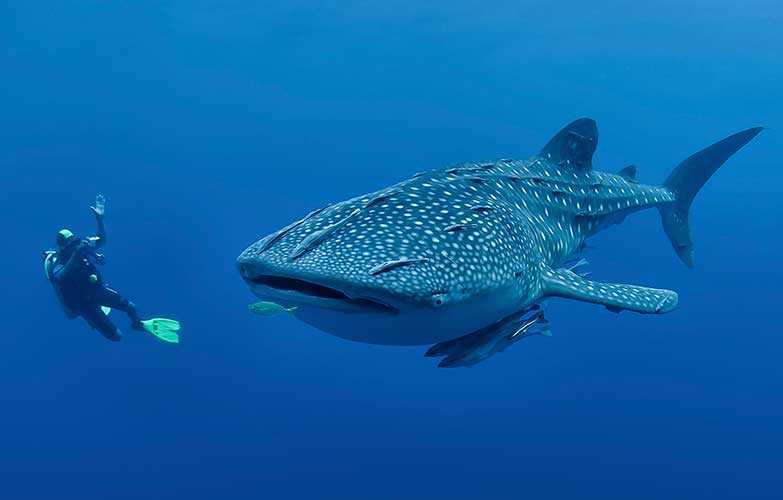When it comes to the biggest fish in the sea, size does matter. Whale sharks (Rhincodon typus) can be at least forty feet (12 meters) long and are found in tropical and subtropical waters around the world. Yet there is still so much we have left to learn about these beautiful sharks.
Whale sharks are considered sexually mature when they reach about 30 feet (9 meters) total length. Though sharks of this size used to be found regularly at Ningaloo Reef, the largest sharks now being seen are only about 20 feet (6 meters). Thus researchers believe the whale shark population of Ningaloo Reef is mainly made up of juveniles. While at this time the reason for the change is not understood, getting to the bottom of this shift is critical to the conservation of the species.
“If [adult whale sharks] are not occurring there now it means that something changed, and we need to understand why that happened,” explained Sequeira.
By placing satellite tags on certain individuals and utilizing citizen science efforts through photo identification, researchers hope to determine where the large sharks have gone. “Understanding the whereabouts of the biggest whale sharks will also help us understand how human activity such as industrial developments, fisheries and boat strike, might impact the animals,” Dr. Meekan stated. This information can help scientists and policymakers put the most effective conservation measures in place to ensure the continued survival of these gentle giants.
Read more: http://marinesciencetoday.com/2016/04/11/decline-whale-shark-size-ningaloo/#ixzz45XQ34L6T
